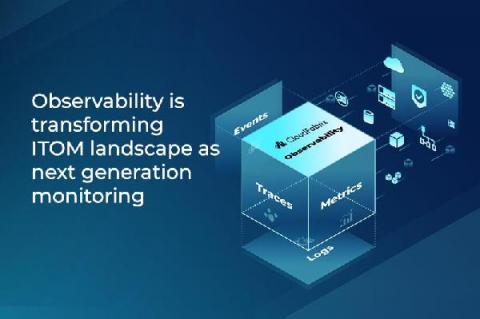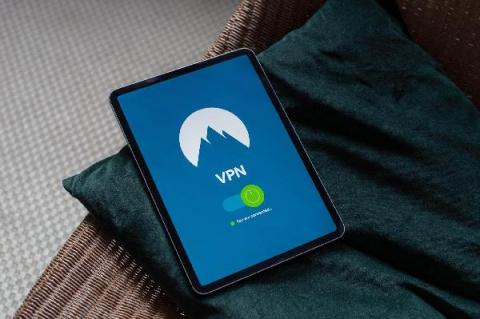Dangers of Only Scanning First-Party Code
When it comes to securing your applications, it’s not unusual to only consider the risks from your first-party code. But if you’re solely considering your own code, then your attack surface is likely bigger than you think. Our recent State of Software Security report found that 97 percent of the typical Java application is made up of open source libraries. That means your attack surface is exponentially larger than just the code written in-house.











